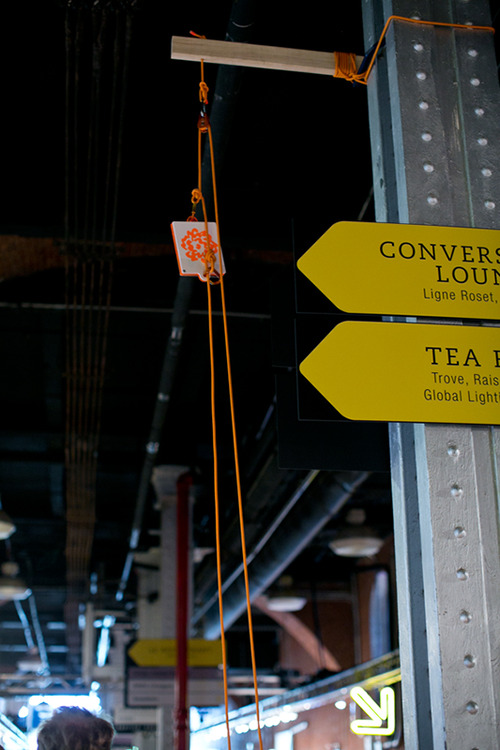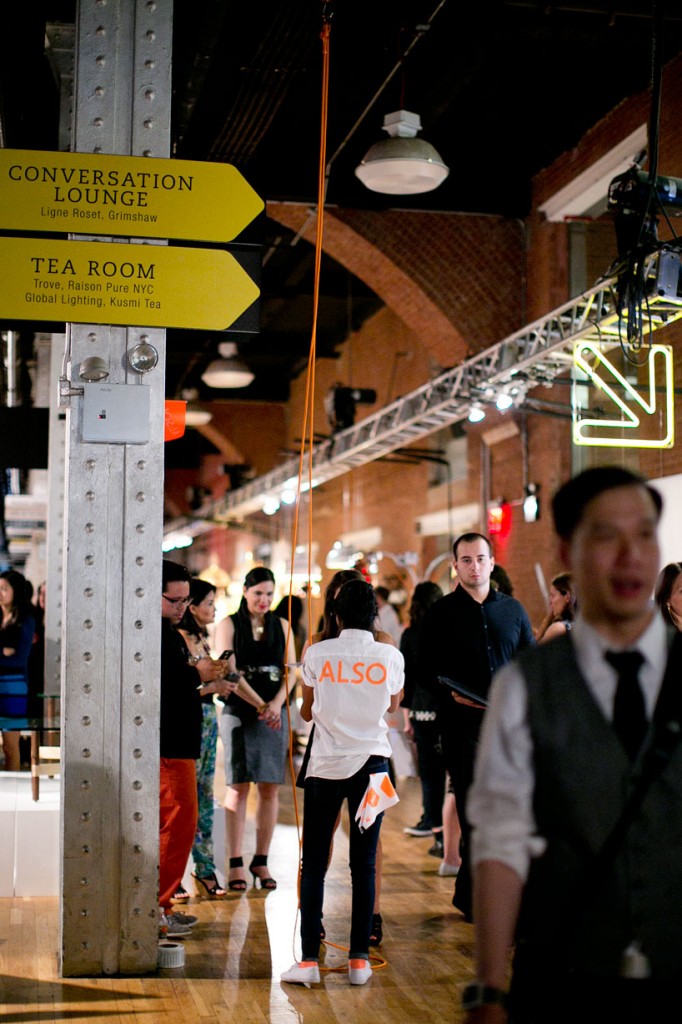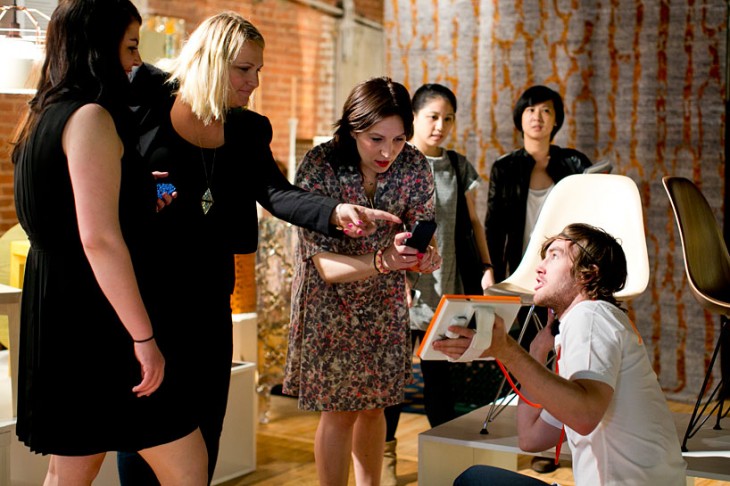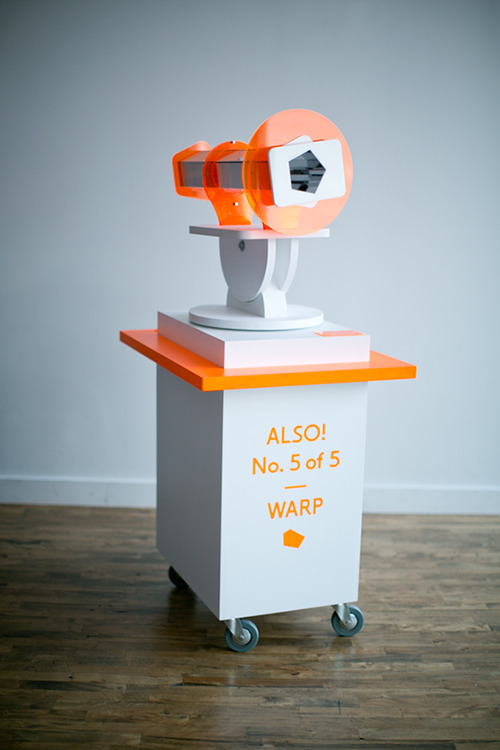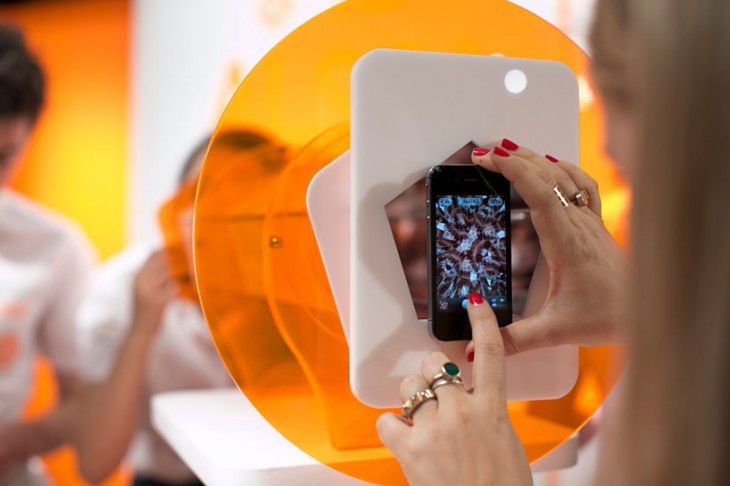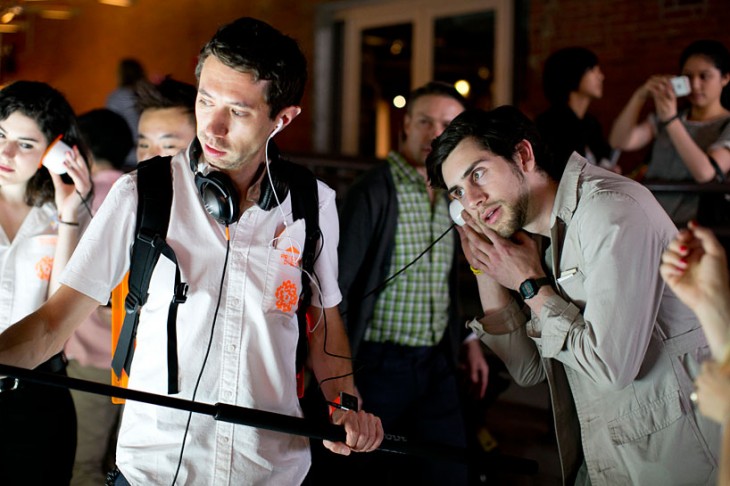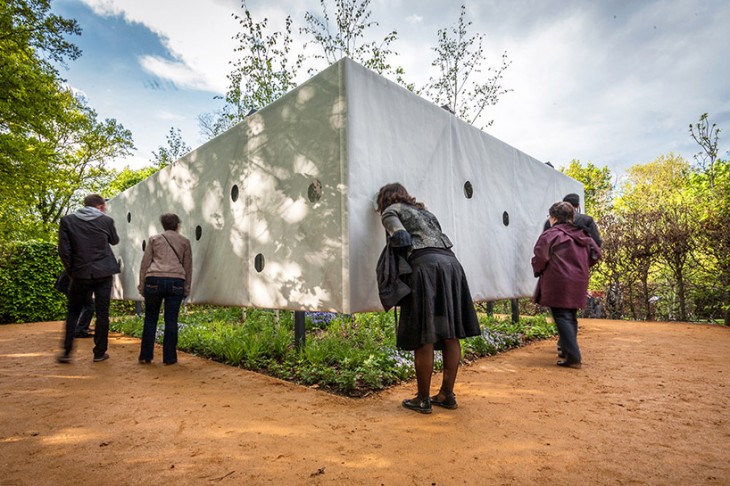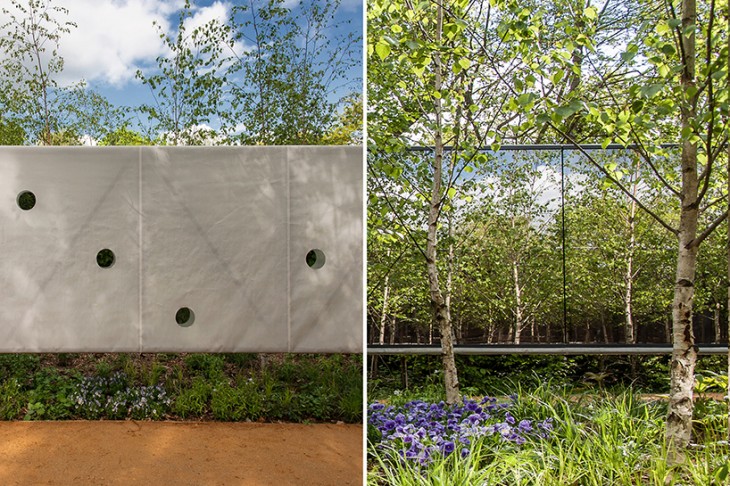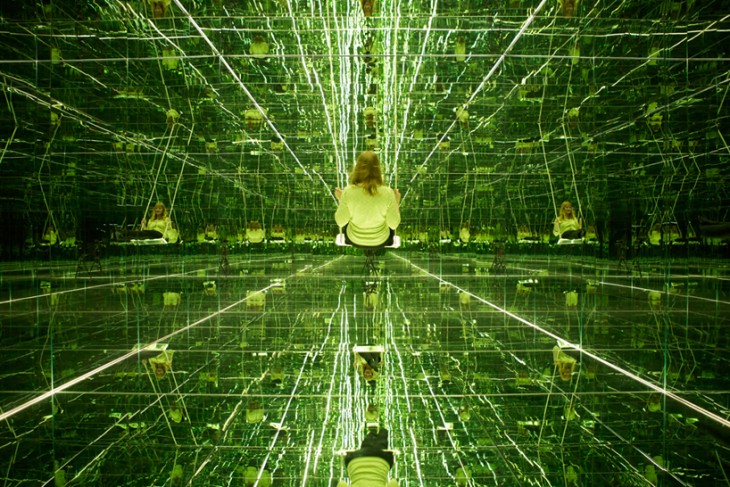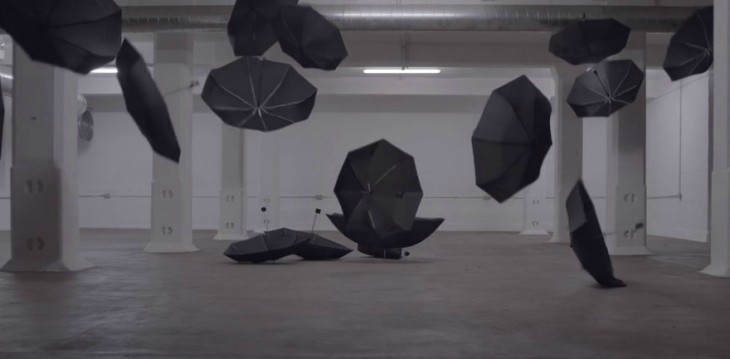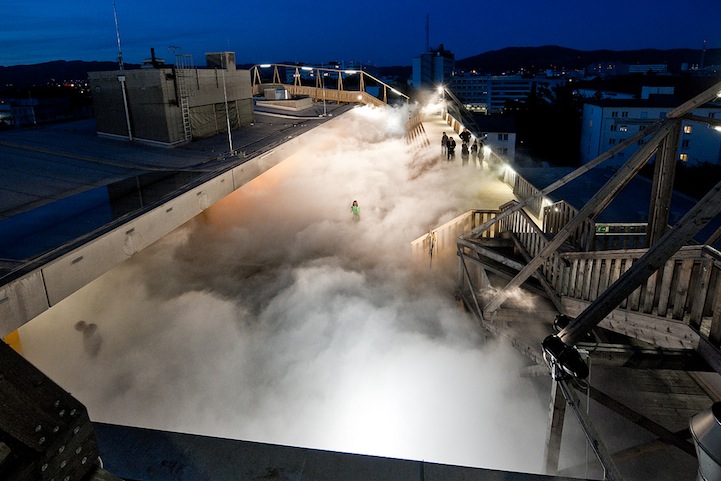Museum and science centers continue to explore and experiment with how to incorporate mobile devices into their experiences. One motivation is the incredible capacity of today’s modern smart phones – devices more powerful than the first computers put on a museum floor.
However, the field’s experimentation has focused primarily on the device as separate from the experiences in the exhibition environment. The devise is an add-on to the experience itself.
What if the only way to interact with an exhibit was with a mobile device?
Here at the studio we are fascinated with several experiences that were on display at the “ALSO” exhibition. “ALSO” was an exhibition created by first year students of the School of VISUAL ARTS’ MFA Products of Design program.
The first experience that caught our eye was the one named LIFT
Here, you put your phone system in a hoist that lifts it high above the exhibit floor and then back down – capturing video the whole time. The visitor thus gets their own “bird’s eye” view of the exhibition, with this experience offering a different perspective and creating personal memories for each visitor.
The second intriguing experience was TINY.
Here, a portable video magnifier was attached to an iPad, thus allowing visitors to explore the micro-world around them. Imagine offering a magnifier that visitors can attach to their tablet and use to explore an entire museum!
The third was WARP
Here, visitors could use their mobile device’s camera to record an image from a two-sided kaleidoscope. This exhibit points to the idea of embedding video or image opportunities directly into an experience.
Each of these shows a different creative approach to incorporating mobile devices into museum environments.
Rather than depend on an app, look to make the phone an integral part of the exhibit “structure,” an integral part of the main experience.
The importance of structure and the message it portrays was also evident in another exhibit included, called BOOM.
Here, using a boom microphone, you dramatically get the stories of objects. This experience harkens back to the sound bottles we discussed in an earlier post and the idea of physical metaphor.
We salute the great ideas these students presented. We look forward to seeing more!

